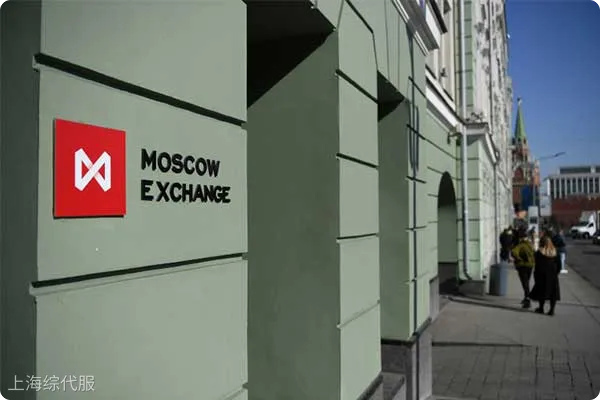Bloomberg on July 10 that the latest report released by the Russian Central Bank showed that the yuan’s share in the Russian foreign exchange market has reached 99.6%. This phenomenon suggests that after a new round of U.S. sanctions on Russia, Russia is accelerating to get rid of the dollar and the euro, turning to rely on the yuan for foreign exchange transactions.
RMB share is 99.6%
On July 9, the Russian Central Bank released its June financial market risk assessment report. The report noted that the average daily trading volume in the Russian foreign exchange market has dropped by 32.7% since the new round of U.S. sanctions on Russia on June 12, down from 418 billion rubles in the first half of June to 282 billion rubles in the second half of June. At the same time, the total trading volume in the Russian foreign exchange market in June decreased by 33.3% compared to May, reaching 6.3 trillion rubles.
The report also mentions that part of the transaction volume of “toxic” currencies such as the US dollar and the euro has “flown” into the RMB. The RMB trading volume at the Moscow Stock Exchange reached a record level, with the transaction volume of 509 billion rubles on 19 June, higher than the record high of 446 billion rubles before the sanctions. The report writes: “After the introduction of (US) restrictions, almost all foreign exchange transactions began to settle in the RMB, accounting for 99.6% of all transactions.”

US expands sanctions on Russia
On June 12, the US Treasury Department announced a new package of sanctions against Russia, targeting the constituent entities of the Russian financial system, as well as the supply of raw materials to Russian gold producers to support Russian weapons manufacturing transnational network, among which the Moscow Stock Exchange and its subsidiary state settlement warehouses, national settlement centers, etc. are on the list of objects of sanctions.
Russian State Duma (Lower House) Chairman Levolokin has criticized the US’s use of the dollar as a political tool to impose “illegal” sanctions on Russia, undermining people’s confidence in the US as a global reserve currency.
Russian currency in the foreign exchange market.
According to statistics released by the General Administration of Customs of China on June 7, 2024, China-Russia trade volume grew by 2.9% compared to the same period, reaching $965.092 billion. The estimates of Bloomberg Economic Research show that the current Russian-Chinese trade is almost entirely settled in yuan. Since Russias exports in yuan exceeded its exports to China, this means that other countries are also settling in yuan with Russia.
On July 10, the US Business Insider website assessed that after the Moscow stock exchange stopped using the US dollar and euro for in-field trading, the takeover of the RMB on the Russian foreign exchange market is almost complete.
Dollar dominance is changing.
Analysts believe that the yuan’s dominance in the Russian foreign exchange market is gradually establishing, indicating that the dollar’s dominance in the world is facing challenges.Alexandra Prokofko, a researcher at the Carnegie Russian Eurasian Center and former adviser to the Russian central bank, said that while the new U.S. restrictions will cause “great pain” to the Russian economy and will inevitably have an impact on the trade in yuan, Russia and China have established infrastructure that can bypass sanctions and have developed new payment systems to reduce dependence on the U.S. dollar and euro.
Prokofiev believes that both Russia and China have demonstrated their ability to adapt to changing sanctions, noting that “the new sanctions are completely turning the yuan into the main currency for Russian foreign exchange trading and settlement.”
Summary
Russia has demonstrated its economic adaptability and counter-sanctions strategy by legalizing parallel imports and turning to yuan settlements under pressure from the European and American sanctions. Yuan’s dominance in the Russian foreign exchange market has been established almost entirely, showing that the global financial system is undergoing profound changes. Though the dominance of the dollar is difficult to shake in the short term, this trend has undoubtedly brought new variables to the global financial markets.


 Follow customer service WeChat
Follow customer service WeChat